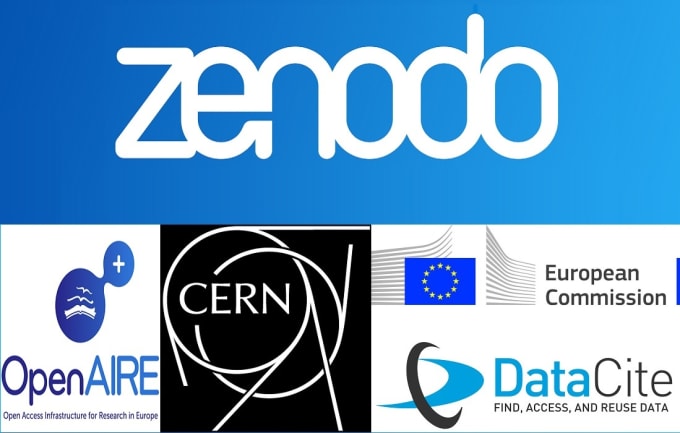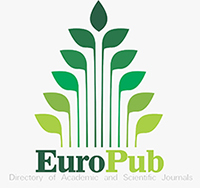Comparison of clinical features and outcomes of foreign bodies in the cervical oesophagus and thoracic oesophagus treated with rigid esophagoscopy in adults: 10 years of experience.
Foreign bodies treated with rigid esophagoscopy
DOI:
https://doi.org/10.5281/zenodo.10891288Keywords:
Foreign body, morbidity, oesophagus, perforationAbstract
Aim: We aimed to compare the clinical features and outcomes of foreign bodies (FBs) in the cervical and thoracic oesophagus treated with rigid esophagoscopy in adults.
Material and Method: This single-centre study was designed as a retrospective study at a tertiary health centre between March 2010 and December 2020. The clinical records and files of patients over 18 treated with rigid esophagoscopy due to oesophageal FBs were reviewed. The cases were divided into the cervical and thoracic oesophagus groups, according to where FBS were stuck. Outcomes were evaluated as complications and mortality occurring in the first 30 days after FB intake. Since there was no mortality in any patient, outcomes were only complications.
Results: Of the 194 patients, 119 (61.3) were female, and the mean age was 48.45±16.10 years. The most common FB localisation was the cervical oesophagus, with 88.7%, and the remainings at the thoracic oesophagus. The morbidity rate of the study was 4.6%, with no mortality. In comparing the groups, non-bone FBs were detected more frequently in the thoracic oesophagus group (p=0.036). Dysphagia was common in FBs in the cervical oesophagus group, and chest pain in FBs in the thoracic oesophagus group (p<0.001). Length of hospital stay (p=0.018), morbidity rate (p=0.011), and additional surgical intervention (p=0.034) were higher in patients with a FB in the thoracic oesophagus.
Conclusion: FBs in the thoracic oesophagus are challenging to manage due to high morbidity rates, perforation rates, and hospital stays.
Downloads
Downloads
Published
How to Cite
Issue
Section
License
Copyright (c) 2024 Chronicles of Precision Medical Researchers

This work is licensed under a Creative Commons Attribution-NonCommercial-ShareAlike 4.0 International License.





